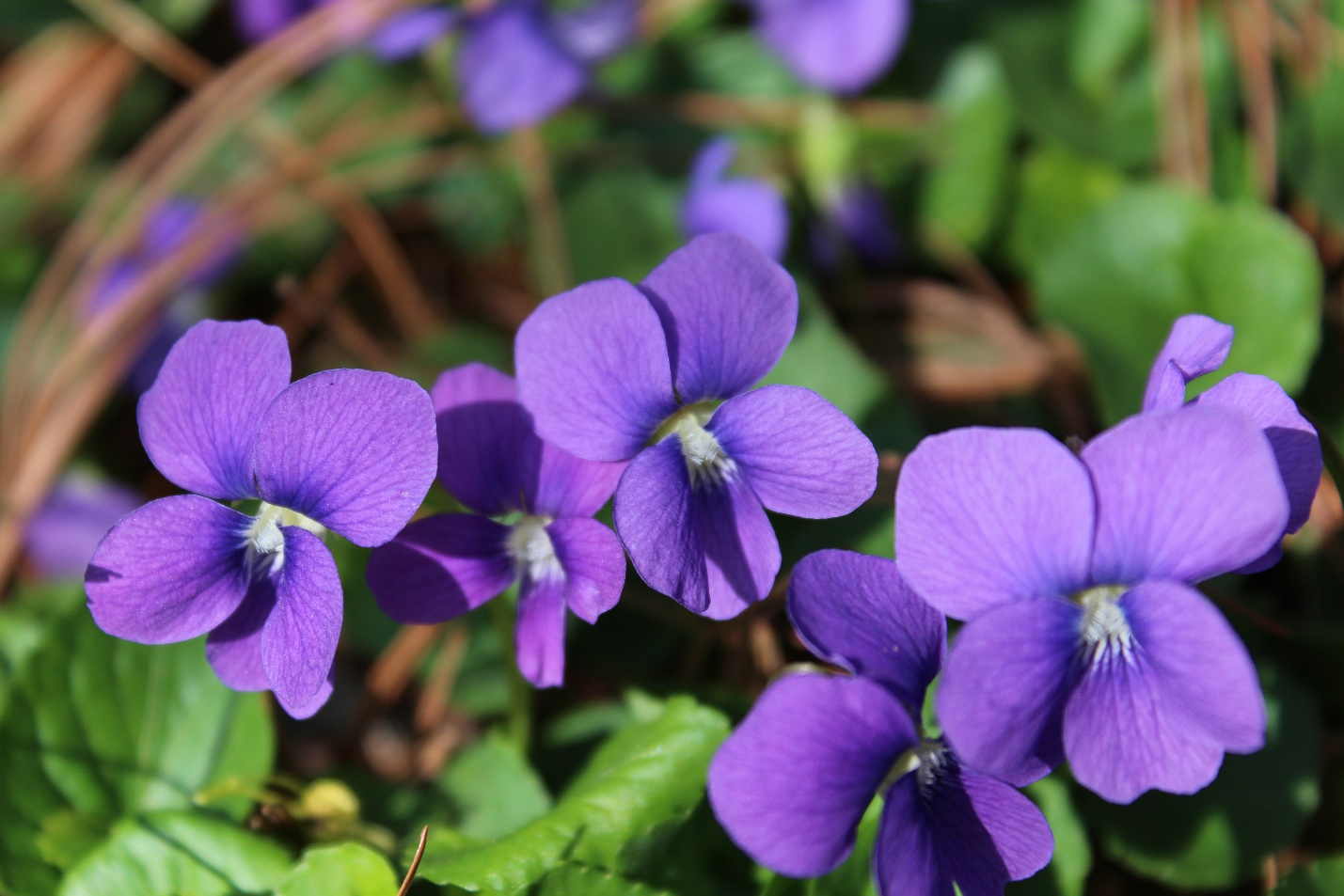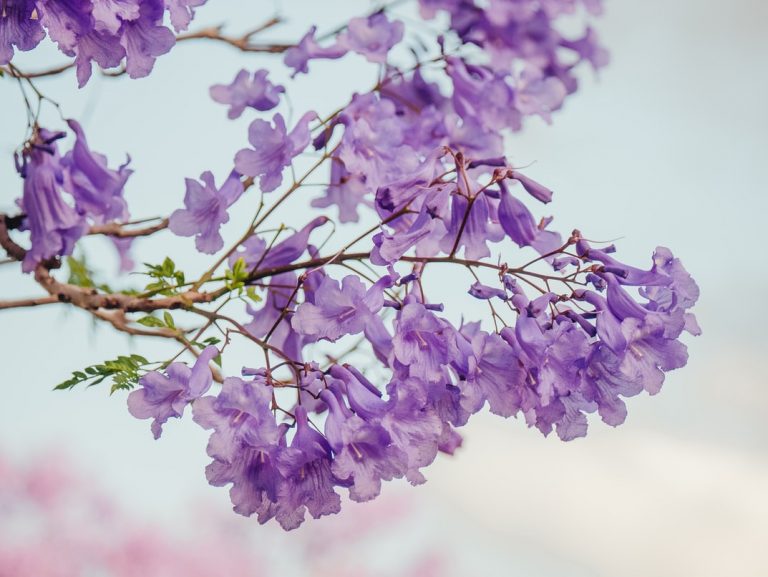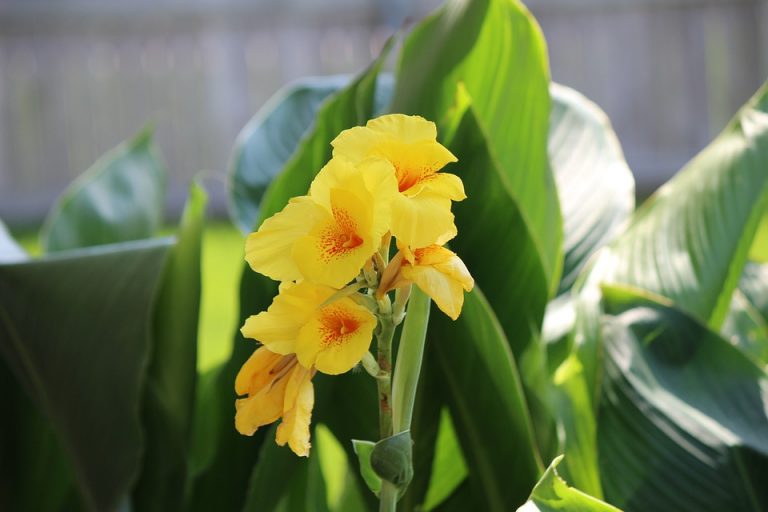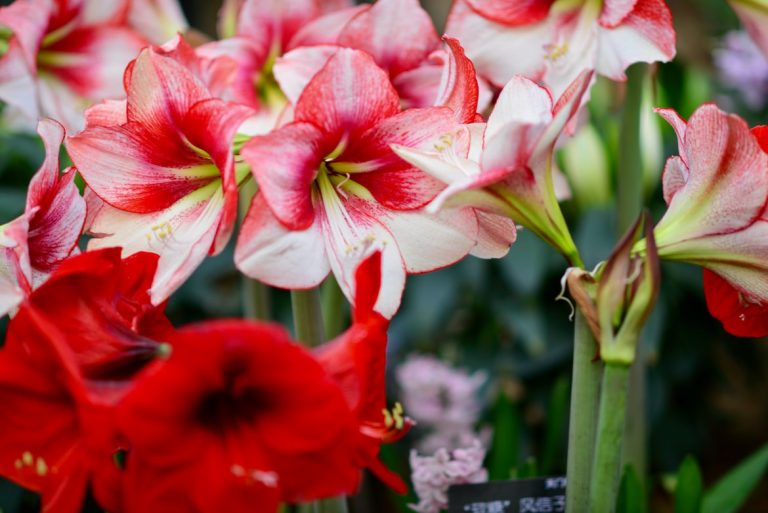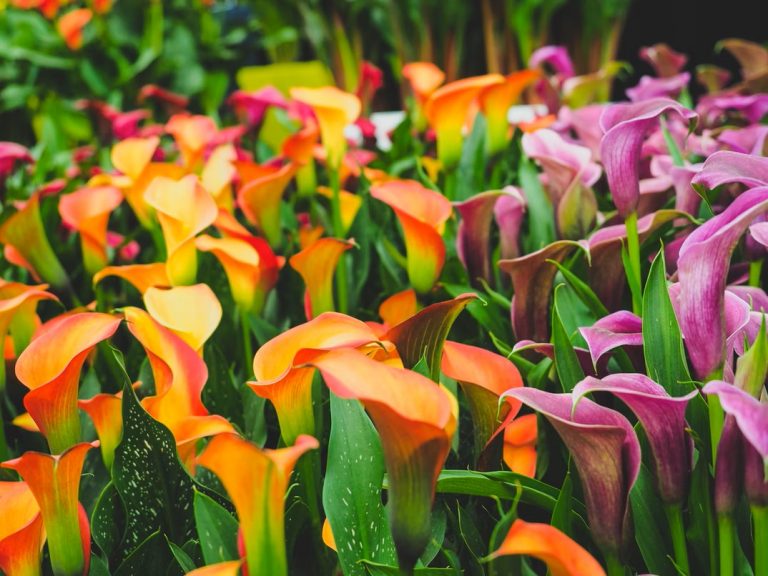How to Grow and Care for Wild Violets?
About Wild Violet
Wild violet (Viola odorata) is a perennial, herbaceous plant that can be found in all parts of the world, except the extreme north and south. The plant has an egg-shaped underground root and it spreads using above-ground stolons.
Wild violet is considered to be a weed because it grows very quickly and takes over other plants. It spreads by using its seeds and underground roots.
Wild violets are purple flowers that grow widely throughout the United States. Like other violets, they bear heart-shaped leaves and delicate blossoms that tend to grow in clusters on stems that emerge from beneath the soil. Unlike many other wild violets, however, they do not have a scent.
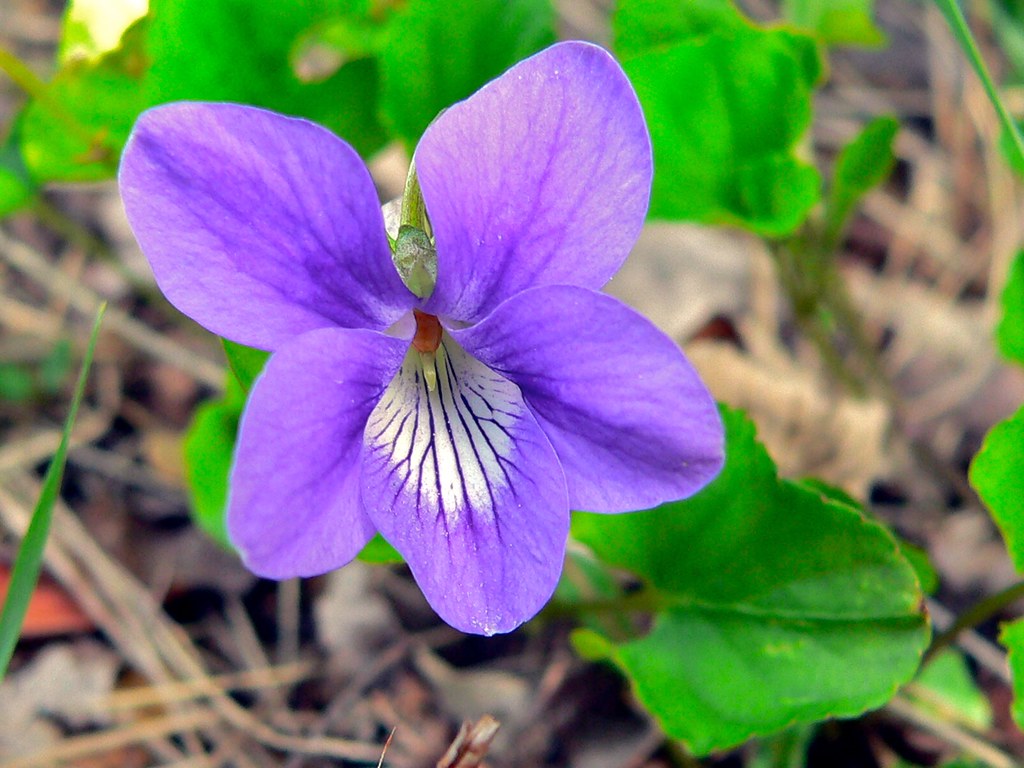
Wild violet plants have heart-shaped leaves with scalloped edges and small flowers with five petals that are usually purple or violet. The plants can reach 10 inches tall or more when in bloom, but most wild violet plants only grow about 3 inches tall.
The leaves of Wild Violets are edible raw or cooked, but most people find them too bitter for use as a potherb for boiling with salt pork or bacon to make greens. They may be added to salads, sandwiches, or used as a garnish after cooking.
Common Uses of Wild Violet
This plant is used to prepare wild violet tea, which can be consumed in the form of herbal tea to get rid of the coughing problem. You can also use this tea to heal the pain and swelling caused by gout. In addition, this tea is also used to treat respiratory problems such as asthma, bronchitis, tuberculosis, and whooping cough.
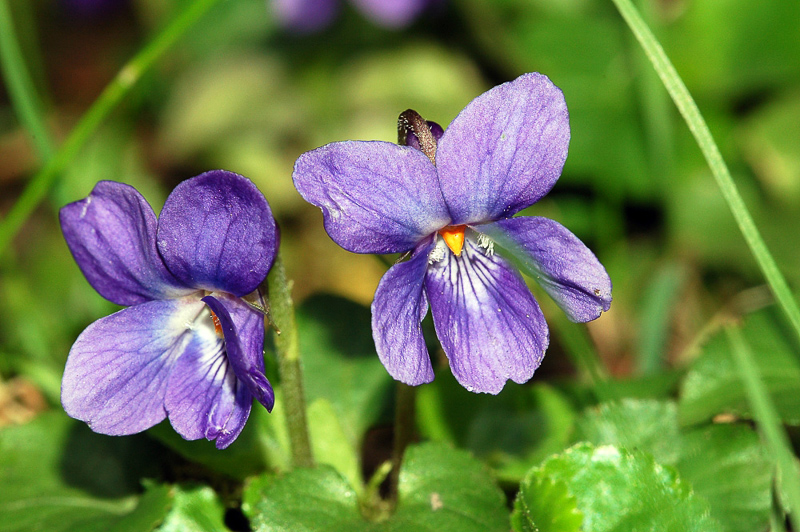
Wild violet leaves are also widely used as a diuretic as it helps in treating urinary tract infection. Furthermore, this herb is also used by people to cure kidney problems, lung congestion, and bladder problems.
In addition, the wild violet plant is also used for making wild violet syrup. This syrup has been used for treating coughs and colds for many years now. In addition, this syrup is also very helpful to soothe sore throats. It is even said that wild violet syrup can help in curing whooping cough as well.
Growing Wild Violet
Growing wild violets is easy and rewarding. They’re hardy and will bloom all summer long if you follow a few simple tips.
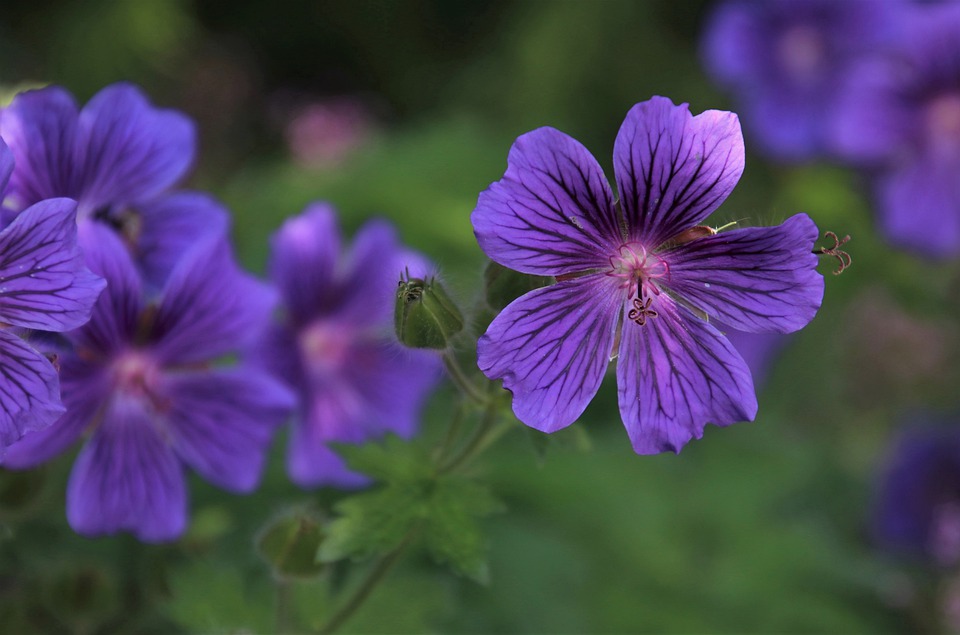
Plant in full sun to partial shade.
Choose a location with well-draining soil and plenty of organic matter, such as rotted leaves, compost, or manure. Wild violets prefer slightly acidic soil with a pH of about 6.5, but they will grow in soils with a pH between 5.5 and 7.5.
Water plants regularly for the first year until they are established, then water only during long dry spells. These plants tolerate drought well once established.
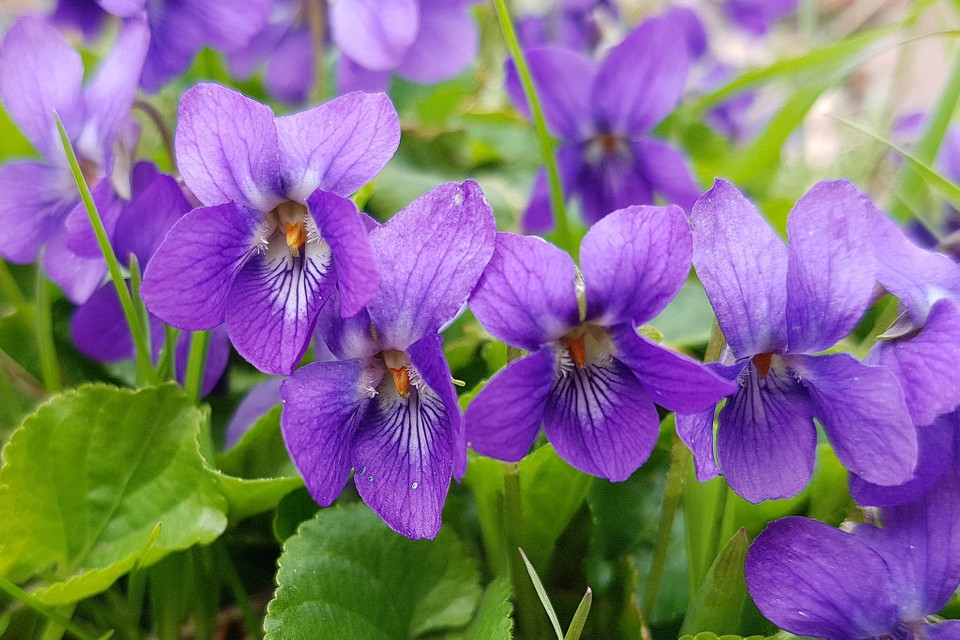
Feed them twice during the growing season — early spring and again in mid-summer — with an all-purpose fertilizer mixed according to package directions. Do not feed them after Labor Day; instead, apply a thick layer of mulch for winter protection.
Plants will self-seed, so you should have no trouble keeping your supply of wild violets going indefinitely!
Caring Wild Violet
Wild violets are a common sight in lawns and gardens across the country. While some wild violets are invasive, don’t take them for granted. Other types of wild violets can be used to create a beautiful ground cover.
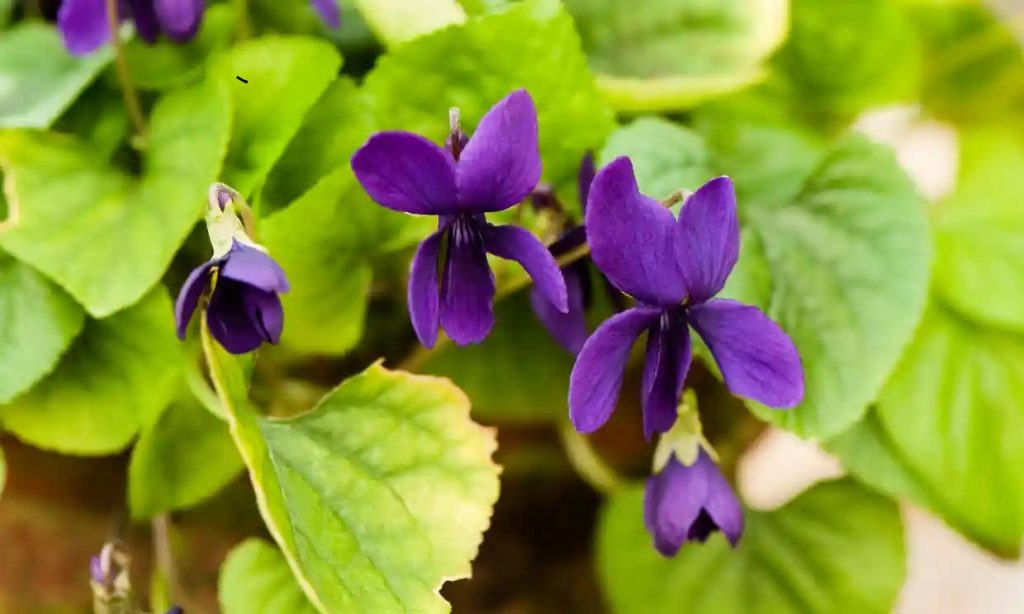
Care Tips:
Water the wild violet. Wild violets need moist to wet soil, so keep the flower bed moist but not soggy.
Fertilize the violets. Fertilizer is not necessary for wild violets as they are already in rich soil and grow best with little or no additional food.
Trim off spent flowers. Shearing off spent flowers will encourage more blossoms to appear, but it is not necessary for the plant’s survival.
Spread the plants by division. Divide and transplant the plants in autumn or early spring. Dig up clumps of wild violet and break them apart using your hands or a sharp knife. Replant each section, keeping a few leaves attached to each one if possible.
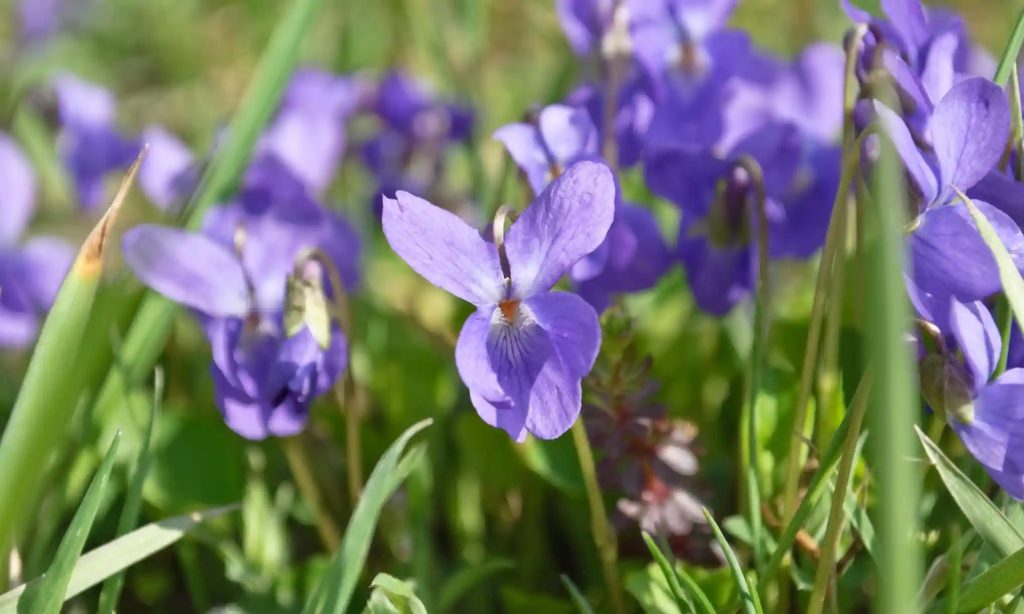
Mulch the flower bed in winter. Mulching will protect the wild violets from freezing temperatures, especially in exposed areas where cold winter winds can kill plants easily.
Propagating Wild Violet
Look for violets in early spring. The wild varieties grow in grass or wooded areas and have heart-shaped petite leaves. The perennial wild violet flower can be white, blue, or purple.
Since the flowers are small, it’s best to propagate them with a few plants at a time so the process is simplified.
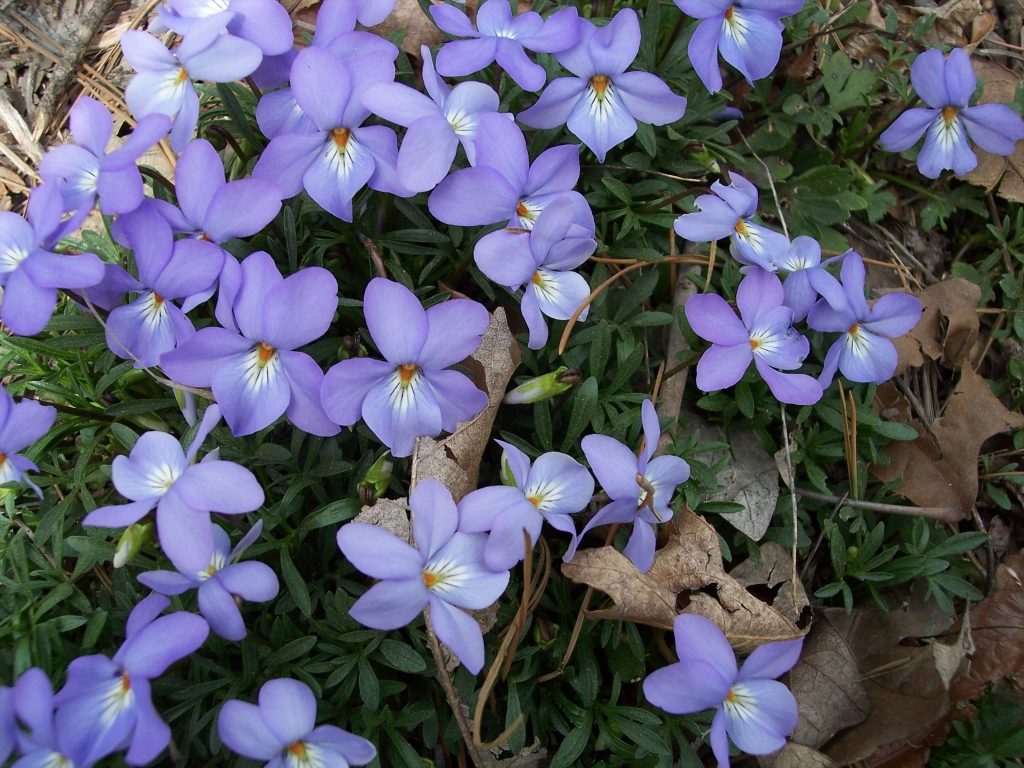
- Collect the flowers by cutting off the growing stems above the leaf line with sharp scissors. Work slowly and carefully to avoid damaging the plant or leaving parts behind.
- Pour some potting soil into a container that has drainage holes. Use a container that is at least 6 inches deep to give the roots room to grow. Moisten the soil after filling the container.
- Place the collected violets into the container, burying them so no leaves are visible above the soil line. Firmly press down on each plant to remove air pockets that can damage root growth.
- Water thoroughly until water runs out of the drainage holes at the bottom of the pot. Water again when the top 2 inches of soil is dry to touch, but do not allow it to become soggy or overly moist because this causes damage to new root growth and plants will die from root rot once this happens.
Pest and Disease Control
Violets are susceptible to several different common pests and diseases. Fortunately, most of these problems can be dealt with easily if they are caught early. Below is some advice you can use to protect your garden from these headaches.
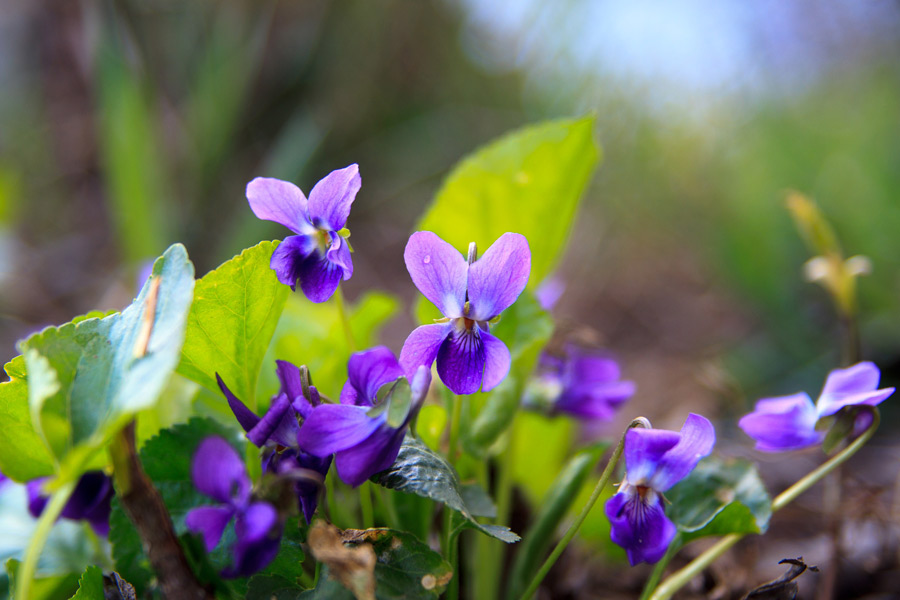
Powdery Mildew
Powdery mildew is a white or grayish film that forms on the surface of the leaves. It will eventually kill the leaves and spread to other parts of the plants. The best way to control powdery mildew is through preventative measures such as proper spacing, keeping the foliage dry, and applying fungicides when needed.
Fungicidal Soap
Fungicidal soap works by breaking down the protective layer that surrounds fungal spores. Once this layer has been broken down, the spores are killed by dehydration. Fungicidal soap is safe for use around humans and animals.
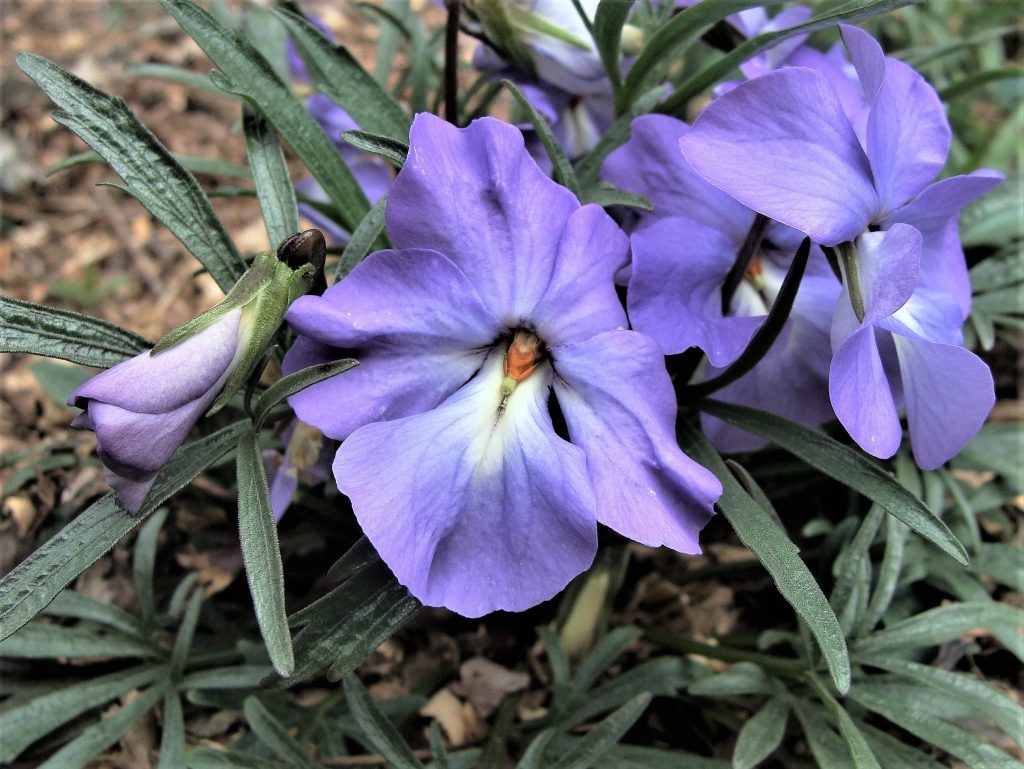
Horticultural Oil
Horticultural oil is a form of petroleum oil that suffocates insects and their eggs on contact. It also works as a fungicide on some types of fungus such as rust, mildew, and leaf spots. The only time horticultural oil should not be used is when temperatures rise above 90 degrees Fahrenheit (32 C.).

